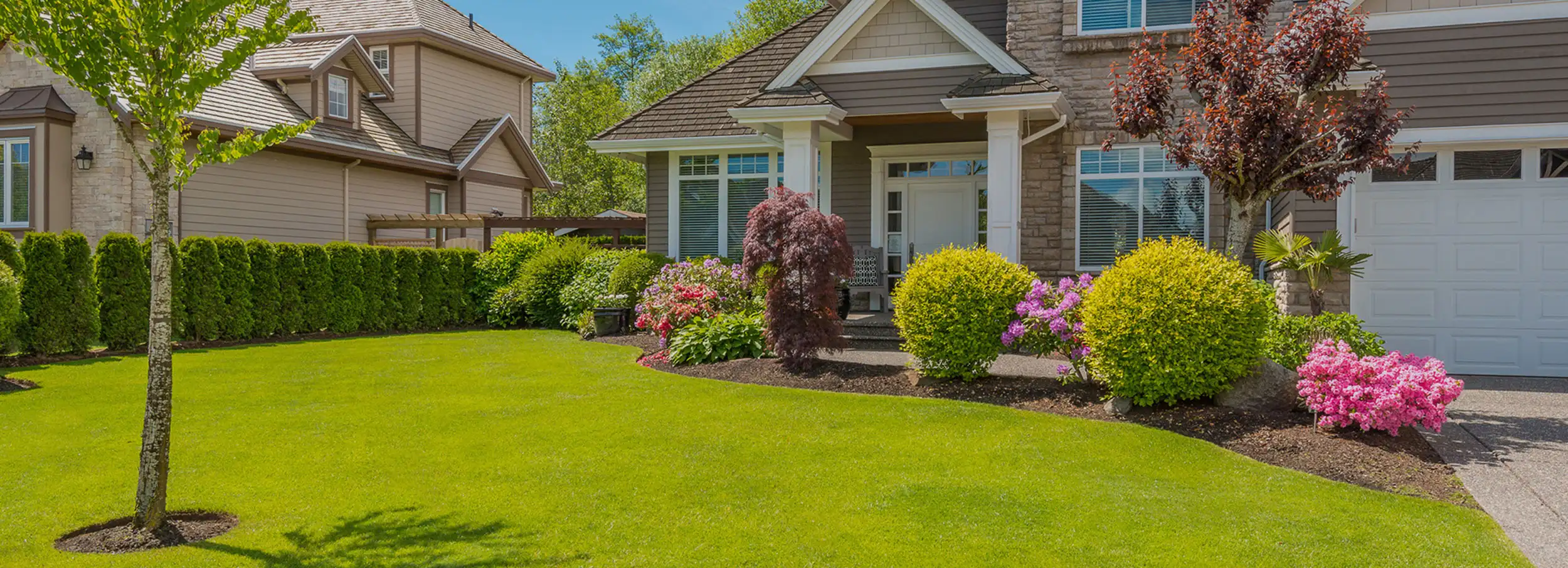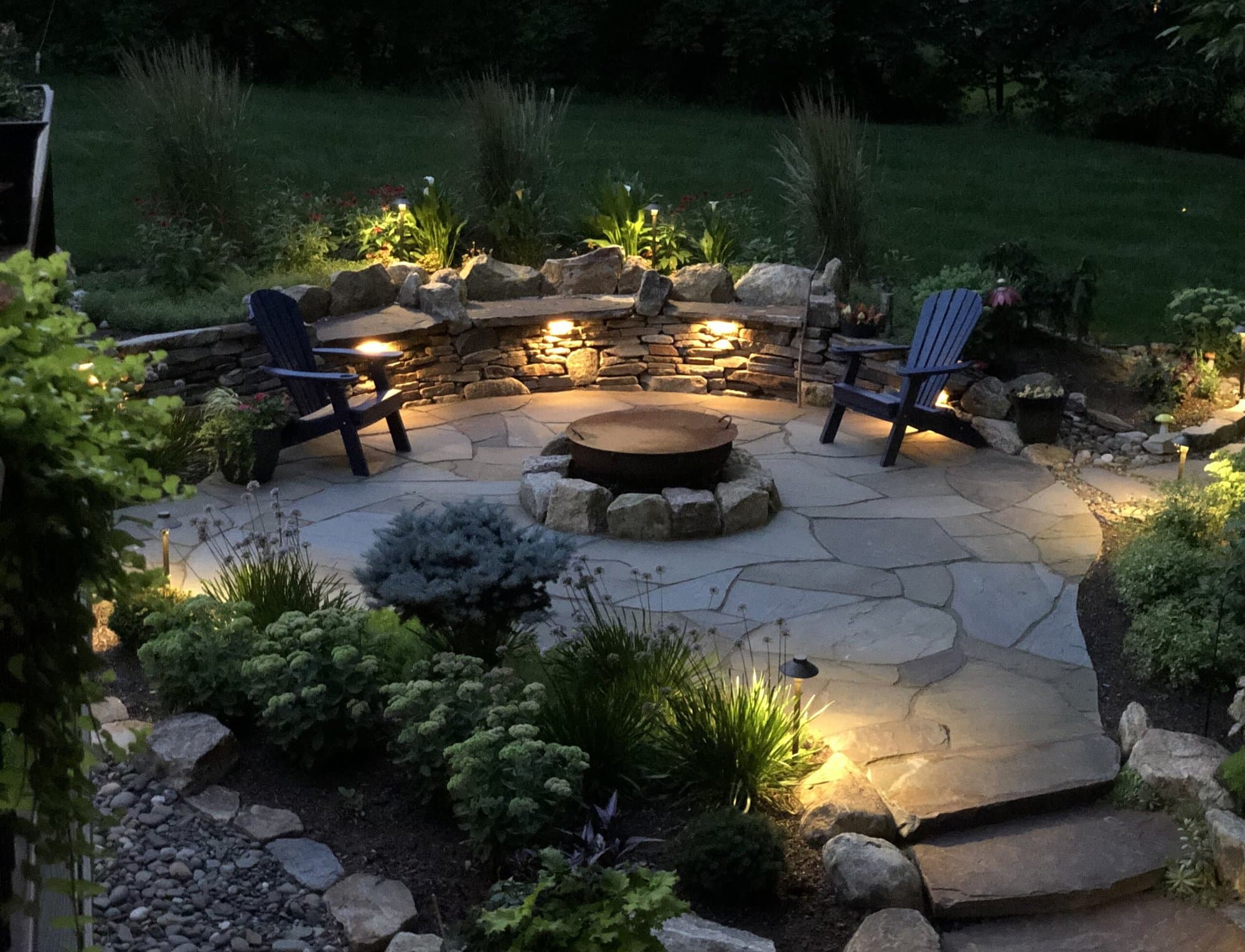Discover Creative Solutions with Expert Palm Desert Landscaping
Discover Creative Solutions with Expert Palm Desert Landscaping
Blog Article
A Comprehensive Guide to Creating and Implementing Effective Landscape Design Solutions
The art and science of landscaping expand past plain aesthetics; they involve a thoughtful combination of layout principles, ecological stewardship, and practical application. An extensive overview to effective landscaping options starts with a comprehensive understanding of your exterior space, emphasizing the relevance of unity, proportion, and balance. As we discover lasting strategies and the option of ideal plants, the implications for biodiversity and community well-being end up being significantly obvious. What techniques can one utilize to guarantee these landscapes not just grow but also grow attuned to their surroundings?

Comprehending Landscape Layout Principles
One could question what fundamental components add to efficient landscape design. At its core, successful landscape design depends upon numerous vital principles that lead the plan and option of elements within a space. These principles include unity, rhythm, proportion, and balance, each offering to develop an unified exterior environment.
Unity refers to the natural partnership among numerous parts, guaranteeing that they collaborate cosmetically and functionally. Equilibrium can be achieved through symmetrical or asymmetrical arrangements, allowing the landscape to really feel steady and inviting. Proportion includes comprehending the scale of components in connection with each various other and the surrounding atmosphere, advertising aesthetic harmony and convenience.

Analyzing Your Outdoor Space
Prior to executing the principles of landscape design, a detailed evaluation of your exterior room is essential. This initial examination assists define the extent of your landscaping task and guarantees that your layout lines up with the distinct features of your residential property. Begin by evaluating the measurements of your space, taking exact dimensions to understand the readily available location for numerous aspects such as yards, paths, and patio areas.
Next, observe the existing functions of your landscape, consisting of topography, dirt top quality, and drainage patterns. These aspects dramatically influence plant selection and positioning. Furthermore, analyze the sunshine exposure throughout different locations throughout the day, as this will affect the kinds of plants that grow in your garden.
Consider the microclimates created by structures, trees, and various other barriers, as they can influence temperature and dampness levels. Take note of any type of existing plants or hardscape components that you want to maintain or eliminate. This detailed analysis lays the foundation for a effective and educated landscape design remedy, making certain that your style is not only cosmetically pleasing however lasting and likewise functional for several years to find.
Sustainable Landscaping Strategies
These methods not only promote environmental equilibrium yet additionally improve the useful and aesthetic worth of a landscape. Carrying out efficient irrigation systems, such as drip irrigation, reduces water waste and guarantees that plants receive adequate wetness (Palm Desert Landscaping).

One more reliable technique is the calculated positioning of trees and bushes to provide natural windbreaks and color, therefore lowering energy prices (Palm Desert Landscaping). Rainfall yards can be integrated right into the landscape design to take care my review here of stormwater runoff successfully, filtering toxins prior to they get in rivers
Choosing the Right Plants
Picking the right plants for your landscape is critical to achieving both aesthetic appeal and environmental consistency. The procedure starts with an understanding of your neighborhood climate, soil conditions, and the specific microenvironments within your landscape. Examining elements such as sunlight exposure, moisture levels, and existing flora will aid you pick plants that thrive in your distinct setup.
Consider incorporating indigenous plants, as they are well-adapted to regional conditions, call for much less maintenance, and assistance neighborhood wild animals. In addition, choosing a varied range of species can enhance biodiversity while minimizing the risk of condition and pest outbreaks. It is vital to review the development habits, growing periods, and seasonal shades of potential plants to produce a natural and dynamic landscape.
Moreover, think of the planned use of the space; as an example, if the location will experience high foot website traffic, choose resilient ground covers. By thoughtfully choosing plants that align with both your environmental requirements and visual goals, you can create a lasting landscape that not only boosts your home but also adds positively to the bordering community.

Implementation and Maintenance Techniques
Once the right plants have been chosen for your landscape, the see this focus changes to efficient application and ongoing maintenance strategies. Successful installation begins with proper site preparation, that includes soil screening to determine nutrient degrees and pH, adhered to by modifying the dirt as required. Very carefully prepare plants according to their development routines and light requirements, making sure sufficient spacing to advertise healthy growth.
Watering is a crucial component of application. Establish a watering schedule that thinks about the certain needs of each plant species, readjusting for seasonal changes. Using drip irrigation systems can enhance water effectiveness and decrease overflow.
Maintenance techniques must be executed to make sure the long life and vigor of your landscape. Normal tasks include weeding, mulching, and trimming to regulate development and stop condition. Fertilizing must be performed based upon soil tests, giving the essential nutrients without over-fertilizing.
Checking for parasites and conditions is important; early detection can avoid considerable damages. Finally, seasonal adjustments to upkeep regimens, such as winterizing perennials and preparing for springtime growth, will guarantee that your landscape stays healthy and aesthetically attractive year-round.
Conclusion
Effective application and ongoing upkeep further make sure the durability and vigor of landscapes. By incorporating these aspects, landscapes can be transformed right into attractive, functional atmospheres that advertise biodiversity and add positively to area health.
One might question what foundational aspects contribute to effective landscape style. At its core, successful landscape style hinges on numerous crucial principles that lead the arrangement and selection address of elements within an area.Choosing the right plants for your landscape is vital to attaining both visual appeal and ecological harmony. It is necessary to evaluate the growth routines, blooming durations, and seasonal colors of prospective plants to develop a dynamic and natural landscape.
Once the ideal plants have been picked for your landscape, the focus shifts to reliable implementation and recurring maintenance methods.
Report this page